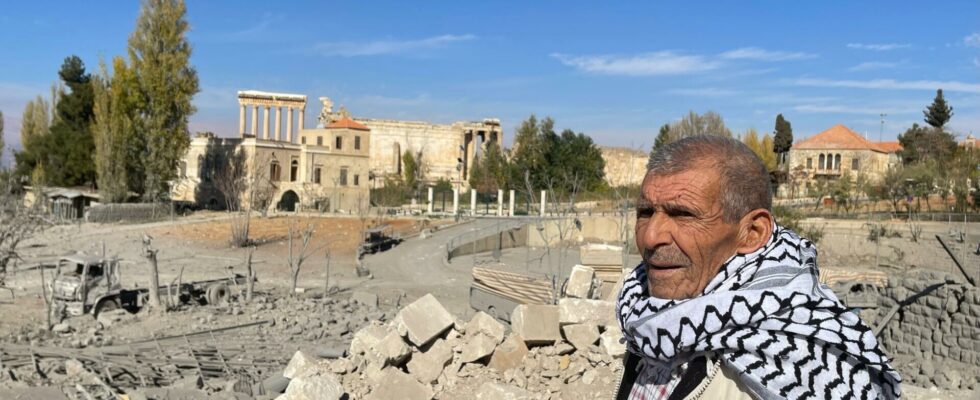Faced with the intensity of Israeli strikes on Lebanon, how can we preserve the country’s historical heritage? UNESCO is holding an extraordinary meeting on Monday, November 18, to examine the issue at the request of Lebanon. The special committee of the UN agency responsible for the protection of cultural property in the event of armed conflict should set up close monitoring. Lebanon has an extremely rich historical heritage.
4 mins
The Roman temples of Baalbek, the city of Anjar built during the Umayyad era (6th century), or the coastal city of Byblos, inhabited since the Neolithic era, among others: in total, the Lebanon asked the committee to place 34 sites under enhanced protection, six of them are already included on the world heritage list. Beirut also hopes to obtain financial assistance in order to implement the measures decided at this meeting.
The aim of this meeting at the Paris headquarters of the UN agency is to alert the international community of the threats weighing on these sites. This also involves close monitoring. If one of these sites was affected, the Lebanese justice system could then initiate proceedings with the International Criminal Court (ICC).
For several weeks, an inventory of the works present on the sites has also been underway in order to transfer them to a safe place. L’Unesco already watching via satellite the Lebanese heritage sites under threat. For now, the UN agency has only noted one strike that hit the perimeter of the Tire World Heritage Site. Other strikes around Baalbek could also have weakened the ruins.
The ancient site of Baalbek deserted and under fear of damage
In the center of this ancient site, listed as a UNESCO world heritage site, the Roman temples of Jupiter, Bacchus and Venus remain standing despite the war, noted our special correspondents in Baalbek, Murielle Paradon And Julien Boileau. But at the entrance to the site, an Ottoman-style house was bombed. The residents who did not flee the city remained speechless in front of the building reduced to ashes: “ It’s terrible, we can’t express it in words! It’s impossible. »
In his pharmacy just opposite the ancient city, Hussein Lakis laments: “ It was a very old historical building dating back to 1928. A symbol of Baalbek. And he was targeted by a strike. It is extremely sad to see your story destroyed, for nothing! »
For the moment, the Roman temples have not been directly affected, but they may have been weakened by the bombings. “ The temples of Jupiter, Bacchus, Venus until now, from what we see, nothing has been touched. But there is always a risk of having cracks. Maybe there are stones that you can’t see from the outside that have been damaged, because of the bombings that are very close to the temples », explains Charbel Saliba, tourist guide in Baalbek.
The ancient city attracted tens of thousands of tourists per year. Today the site is closed. A loss of income for the inhabitants of Baalbek. Like this old man, keffiyeh on his head, who ran a souvenir shop. “ I am here. I have been working with tourists for 65 years. Now there is no more work. What are we going to do? Nothing at all! » In Baalbek, it is not just the tourists who have deserted: a good part of the inhabitants have fled the city because of the war.
Hundreds of cultural professionals call on UNESCO to protect the sites
In a petition addressed to UNESCO on Sunday, November 17, 300 cultural professionals, including archaeologists and academics, called on the institution to guarantee the protection of Lebanese heritage. The signed letter was sent to Audrey Azoulay, director of Unesco, urging her to “ implement all means ” And ” reinforced measures up to sanctions “, For ” protect these irreplaceable treasures “.
Also readLebanon: Hezbollah spokesperson killed in Israeli strike in Beirut
